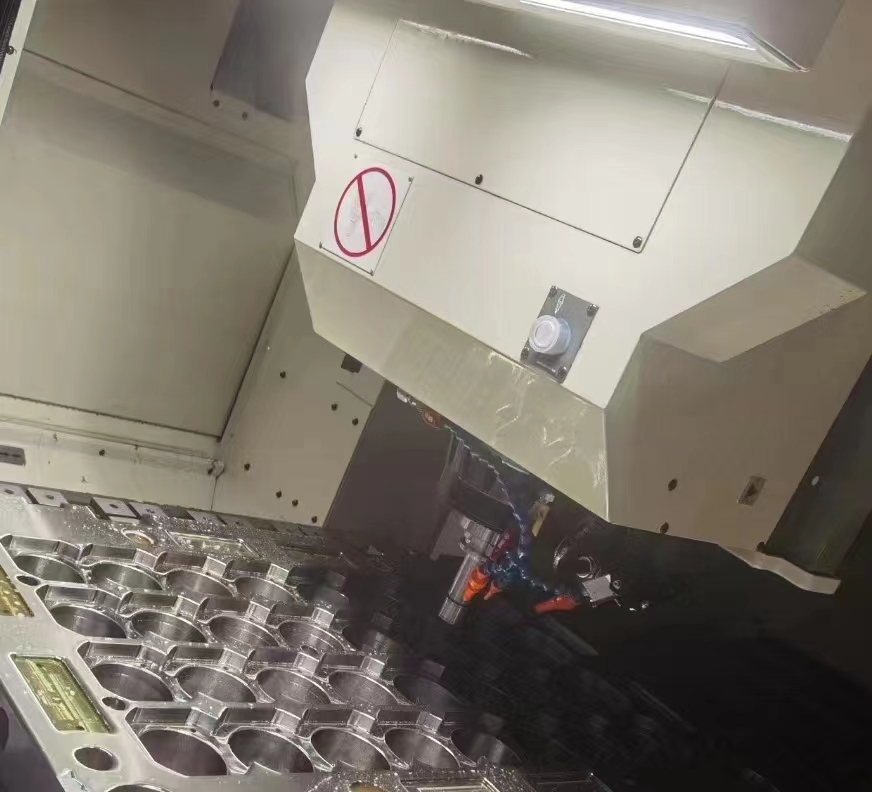How to Choose the Best Mold Steel for Your Applications
Introduction to Mold Steel
Selecting the right mold steel for your specific application is crucial for ensuring durability and efficiency in production processes. Mold steel is primarily used in the manufacturing of molds, dies, and tooling components. Its properties can significantly affect the final product's quality and the mold's longevity. This article will guide you through the factors to consider when choosing mold steel, types of mold steels available, and their respective applications.
Understanding the Types of Mold Steel
Mold steels are typically categorized into four main types: cold work steels, hot work steels, plastic mold steels, and die casting steels. Each type serves different purposes and has distinct properties.
Cold Work Steels
Cold work steels are designed for applications where the mold temperature is low. They are often used to create molds for stamping, forming, and cutting. One of the most common types is D2, known for its high wear resistance and toughness.
Hot Work Steels
Hot work steels are designed to tolerate high temperatures during manufacturing processes like forging and die casting. They maintain strength at elevated temperatures and resist thermal fatigue. Common examples include H13 and H11 steels.
Plastic Mold Steels
Plastic mold steels are specifically engineered to withstand the conditions associated with plastic injection molding. They typically have excellent polishability and corrosion resistance. P20 is one of the widely used plastic mold steels.
Die Casting Steels
Die casting steels are used in applications involving molten metal. These steels provide a good balance of wear resistance and toughness. An example is the K340 grade, which is ideal for high-pressure die casting.
Key Properties to Consider When Choosing Mold Steel
When selecting mold steel, several properties must be taken into account to ensure it meets the requirements of your application.
1. Hardness
Hardness is a fundamental property that affects wear resistance. Steels with higher hardness ratings are generally better at resisting wear and maintaining shape during the molding process.
2. Toughness and Ductility
Toughness refers to a material's ability to absorb energy and resist fracturing. Ductility is essential for the mold's ability to withstand stress without breaking. A balance between hardness and toughness is critical.
3. Thermal Stability
The ability of mold steel to maintain its properties under varying temperatures is vital, especially for hot work steels. Materials that can withstand thermal cycling without deforming will prolong the life of the mold.
4. Corrosion Resistance
Certain manufacturing environments may expose molds to corrosive substances or moisture. Selecting a steel with adequate corrosion resistance can prevent premature failure and extend the service life of the mold.
Application-Specific Considerations
Different applications have unique requirements that influence the choice of mold steel.
Injection Molding
For injection molding, it's critical to choose a mold steel that offers excellent surface finish and polishability. P20 and S136 are popular choices due to their resilience and finishing capabilities.
Die Casting
In die casting, the mold must withstand high temperatures and pressures. H13 is well-regarded for this application due to its superior toughness and wear resistance at elevated temperatures.
Stamping and Forming
When working on stamping and forming applications, cold work steels like D2 are often preferred, given their hardness and wear resistance, which are necessary for these processes.
Manufacturing and Processing Considerations
The way the steel is processed can significantly affect its properties. Heat treatment methods, for example, can enhance hardness and toughness. Therefore, understanding how to process your chosen mold steel can lead to superior performance.
Heat Treatment
Various heat treatment methods, such as quenching and tempering, can alter the hardness and toughness of the steel. It’s important to follow industry standards for heat treatment to ensure consistent results.
Machinability
The ease with which a steel can be machined is crucial, especially if the mold design is complex. Low-to-medium alloy steels generally offer better machinability compared to high-alloy steels.
Cost Considerations
The cost of mold steel can vary greatly based on type and properties. While it may be tempting to choose a lower-cost option, it’s essential to consider the long-term costs associated with potential failures or replacements.
Budget vs. Quality
Remember that investing in high-quality mold steel can reduce costs over time due to fewer failures and a longer lifespan. Weighing the costs based on your specific production needs is vital.
Conclusion
Choosing the best mold steel for your applications involves understanding the specific requirements needed for your production method. By considering factors such as hardness, toughness, thermal stability, and corrosion resistance, you can make informed decisions about the right mold steel type. Always keep in mind the application-specific requirements, manufacturing processes, and budget constraints. A well-chosen mold steel will contribute to the efficiency and longevity of your molds, ultimately leading to better product quality and reduced overall costs.
Frequently Asked Questions (FAQ)
What is the best mold steel for injection molding?
For injection molding, S136 and P20 are commonly used due to their excellent corrosion resistance and surface finish properties.
How does heat treatment affect mold steel?
Heat treatment can significantly enhance hardness and toughness in mold steels, leading to improved performance under operational conditions.
Is plastic mold steel different from cold work steel?
Yes, plastic mold steel is specifically designed for plastic injection molding, whereas cold work steel is used for lower-temperature operations like stamping and cutting.

